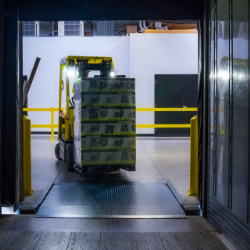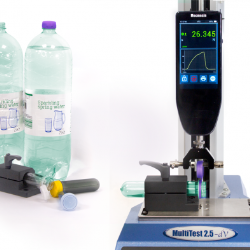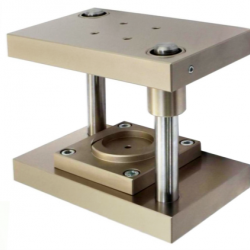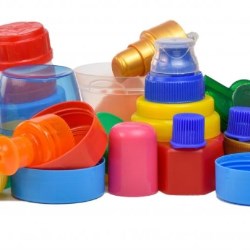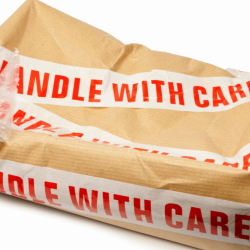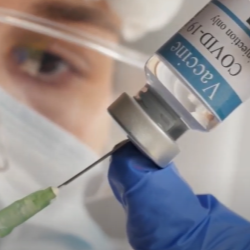Public
Mecmesin Catalog
Mecmesin Certificates
Mecmesin Documents
Mecmesin Locations
Mecmesin News
Mecmesin Videos
If this is your company, CONTACT US to activate Packbase™ software to build your portal.


The COVID-19 pandemic has placed unprecedented demand on manufacturers of syringes and vials.
Prefilled syringes containing a single dose were quickly deemed too restrictive to get the vaccine rolled out to the population at the hugely accelerated speed required. So, using multiple-dose vials from which up to 10 syringes can be filled, has now become the established method to administer the vaccine at least during the first wave of inoculations.
Ramping up production of syringes has been a challenge which manufacturers have pulled out all the stops to meet. However, with increased production comes increased testing.
Checking the performance and functionality of a syringe is critical with physical testing being high on the list. How much ‘break-loose’ force does it take to initiate movement of the plunger? Once the plunger is moving, does it have a smooth gliding action to safely and consistently inject the drug without causing discomfort to the patient?
These characteristics are appropriate to all syringe types; NIS or irrigation, glass or non-rigid, prefilled or refillable. All are subject to international test standards, e.g., ISO 8537, ISO 11040-3 and ISO 11608-3. The test standards clearly define the methods to follow for these tests and manufacturers are looking for simple, cost-effective test systems to help them cope with the extra testing throughput from increased production runs.
Solution
Mecmesin offers a stand-alone test system for checking the ‘break-loose’ and ‘glide force’ of an individual syringe. Operators manually load each syringe into the tester, start the test and then unload the syringe when finished. But when the demand is to test hundreds of syringes over various production batches, it really increases efficiency if multiple syringes can be loaded at a time.
A world-leading manufacturer of syringe assemblies approached Mecmesin seeking an affordable automated testing station with the capability to load their ‘irrigation’ syringes in a rotating carousel and then let the testing machine do the rest.
Each stage of the test sequence is controlled by Mecmesin’s Emperor software:
- Recognises where the syringe is positioned and then indexes it to the correct spot.
- Approaches the top of the syringe, ‘touches-on’ lightly and sets a reference point for the test.
- Compresses the plunger rod by a set distance and measures the forces it exerts.
- Records break-loose and glide force results with a Pass/Fail indicator based on the specifications laid down.
This convenient bench-top tester for checking the mechanical properties of a number of syringes, of varying sizes, has enabled the customer to meet the demand of increased production without compromising quality.
Test equipment
- MultiTest-I compression test system
- Emperor software
- Custom-designed carousel to hold syringes

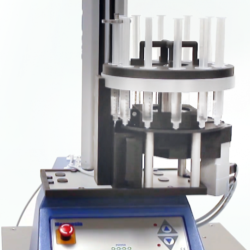

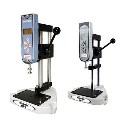
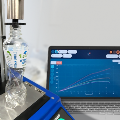
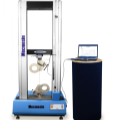
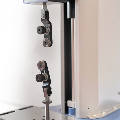
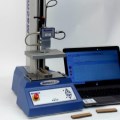
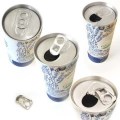
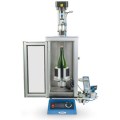
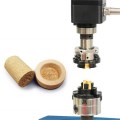
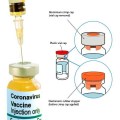
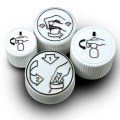

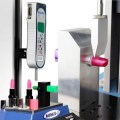
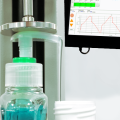
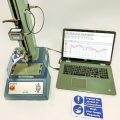
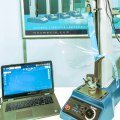
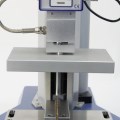
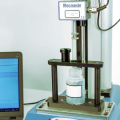

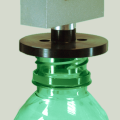
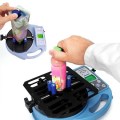
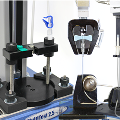

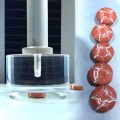
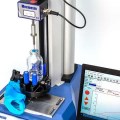
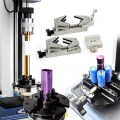
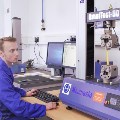
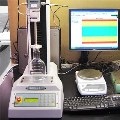
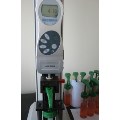
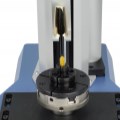
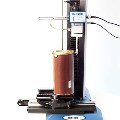
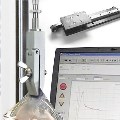
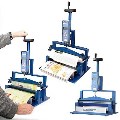


.jpg)
